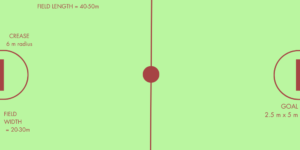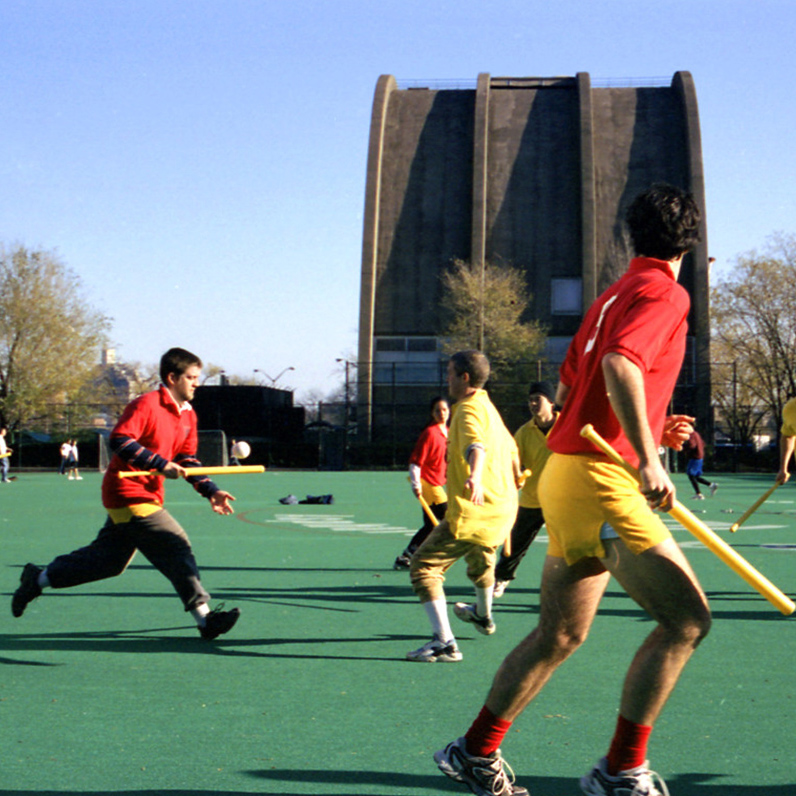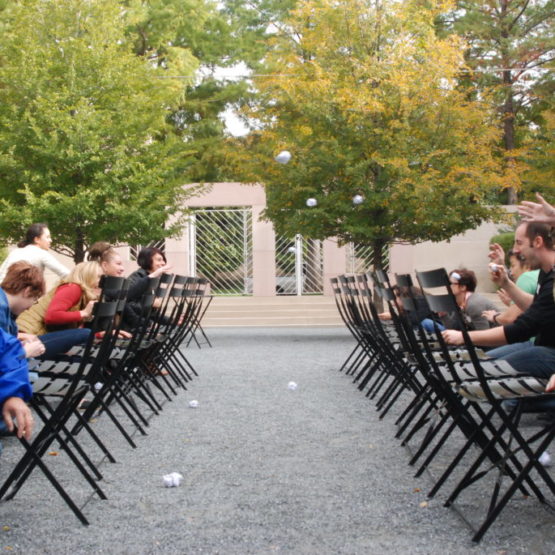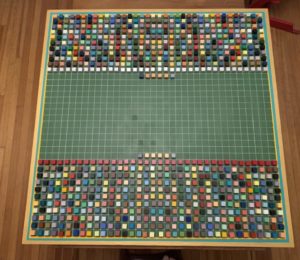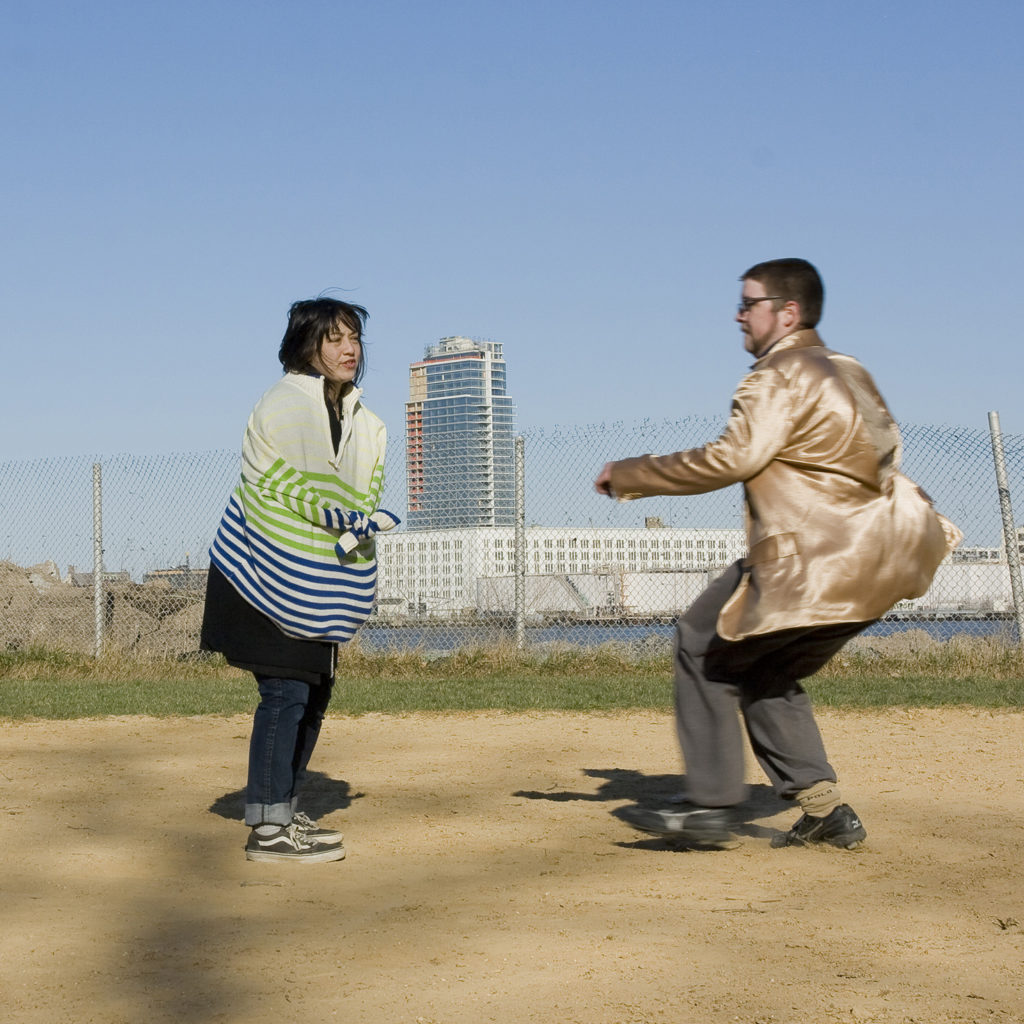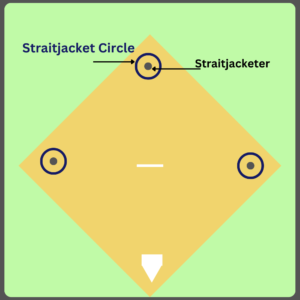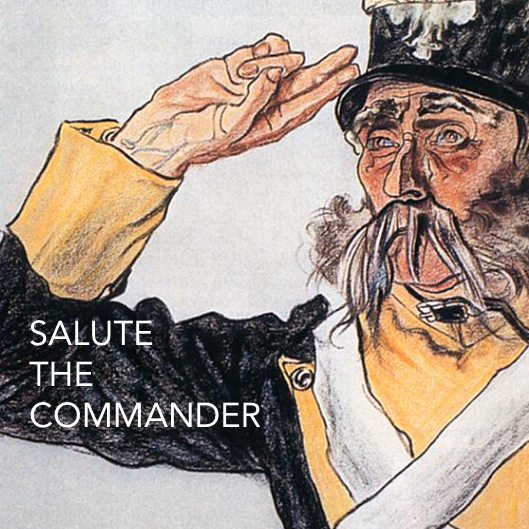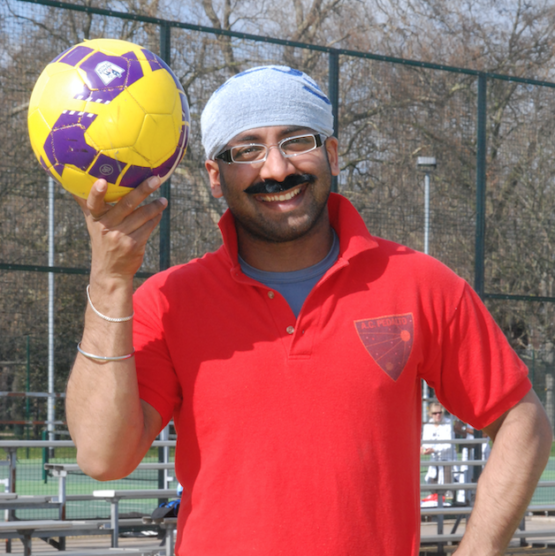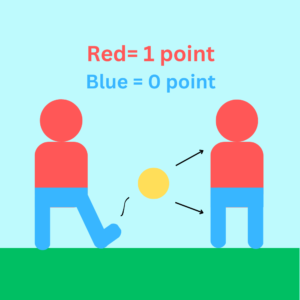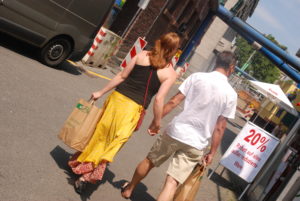Wiffle Hurling
Download Rules (PDF) Wiffle Hurling
Game Type:
Sport
Activity Level:
High
Players:
12 per team, 7 on the field at a time with 5 substitutes
Field:
Rectangular pitch anywhere from 20-30 yards wide to 40-50 yards long. Two 8’ x 16’ goals with a semi circle crease with a six yard radius in front
Equipment needed:
12 yellow Wiffle bats, 2 large plastic baseball bats “Fat Bats.” Softball sized Wiffle Ball.
Time:
The game is sixty minutes and can be divided into quarters, thirds, or halves. Overtime is 20 minutes and is sudden death. There are no penalty shootouts; the game either ends in a draw or is replayed.
Rules:
Start of Play –
Two players from opposing teams play Rock Paper Scissors for the ball. The winning team hits off. This face off is played at the beginning of each period.
Scoring
Players score by hitting the ball past the goal line of the goal. The ball must pass completely over the line.
Moving the Wiffle Ball
Players may move the wiffle ball by
- Passing the ball by hitting it with a wiffle bat to another player
- Dribbling the ball to themself by hitting the ball up into the air and back onto the bat
- Hitting the ball once if the ball is on the ground
Players may catch the ball with their hand but not throw the ball with their hand. Players may not hit the ball more than once while the ball is on the ground. Players may not kick the ball. Players may not hit the ball of their bat, catch it, and then hit it on the bat again. All of these infractions result in a turnover.
Continuation
When shooting, players may take two steps of continuation where they do not dribble the ball. They must shoot the ball after taking two steps- if they land back on the ground or pass the ball to another player it is a turnover at the spot of the last step.
The Crease
The Crease is a semi circular area around each goal. Offensive players are not allowed in the crease, though they can land in the crease if they jump before the crease line during a shot. Goalies may only use their goalie bat in the crease.
Defense
Defenders play similarly to basketball defenders. They may not touch or hit the offensive player or their bat with their hands or their bats. They may not hit the ball while the offensive player has possession of the ball or is dribbling the ball. They may stand in the way of the offensive player, and if the offensive player knocks into them in a fixed position it is an offensive foul.
Fouls
A foul results in a free ball at the site of the foul for the fouled upon team, and three yards of space in all directions to hit the ball.
In attacking, a player may not knock over another player who has established position on the field. Position is established by having two feet on the ground in the same place for more than one second.
The referee may place a player in the penalty box for up to 5 miuntes for an excessive or intentional foul.
Turnovers
Turnovers result in the other team receiving possession of the ball at the point of the turnover. The new offensive team player plays the ball from that spot and must pass or shoot the ball into play. Defensive players must give the player 4 yards radial distance from the point of turnover.
Out Of Bounds
Goal Line – If a ball is played out of bounds on the goal lines either a corner hit or a goal hit occurs. If the offensive player hits it out of bounds the defense gets a goal hit where the goalie can hit the ball from anywhere in the crease. If the defense hits the ball over the goal line a corner hit ensues. An offensive player hits the ball into play with one foot on the corner of the goal line and the touch line on the side where the ball went out of bounds. The player may not hit the ball to themselves.
Sideline – Out of bounds on the sidelines results in a throw in with two hands on the wiffle ball.
The Goalie
The Goalie has a larger bat that they use for defending the goal. Goalies may not throw the ball and must clear the ball with their bat. Goalies can leave the crease area but outside of the crease area they may not use their bat.
